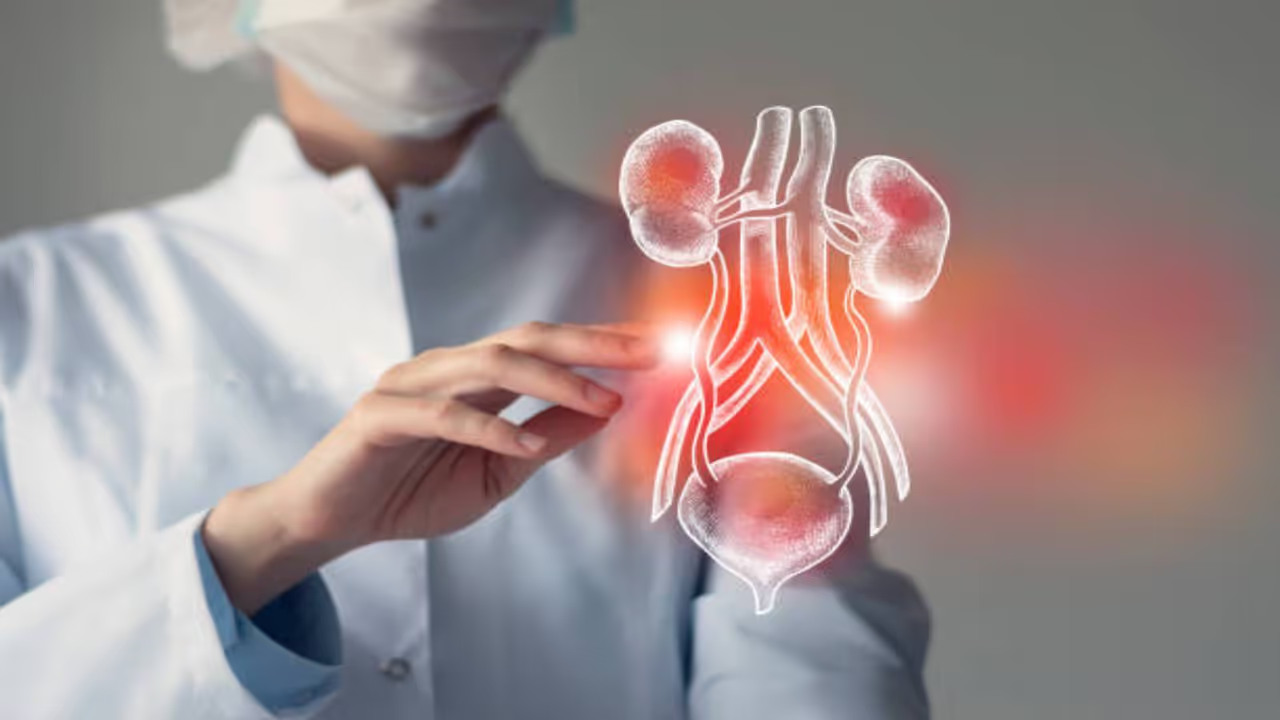Urine can reveal early signs of kidney issues. Changes in colour, smell, or consistency shouldn’t be ignored, as they may indicate infections, stones, or other underlying health problems.
Urination is an act of dispensing our body waste chemicals through the kidneys in human beings.

Normal urine is pale yellow coloured, with a mild odour and a volume ranging between 1–2 litres per day, with a frequency of 4–5 times in the daytime and occasionally once at night.
Although kidney disease often has no specific pinpoint symptoms, your urine can sometimes give clues that your kidneys are not working as well as they should. Changes in urine colour, smell, and any association of fever or abdominal or back pain should prompt a consultation with your healthcare provider at the earliest.
A normal individual passes 1–2 litres of urine per day. Anything in excess or less could suggest an abnormality. However, not the mere volume of urine is important, but the quality in urine (microscopic and biochemical parameters) determines the health of the kidney.
Whitish discolouration of urine, like thick white urine or thick yellowish pus, associated with a smell, is usually suggestive of a urine infection.
Reddish or pinkish discolouration may be due to certain foods, medicines, or chemical colours in foods. However, actual blood in urine may indicate the presence of tumours, stones, or infections rarely. External injuries, sharp injuries, or intake of blood thinners can also give rise to blood in the urine. Even microscopic blood (invisible to the naked eye) can be detected through urine tests and should not be ignored.
Frothy urine is one more concern patients have. Excessive bubbles in the urine, especially those that require you to flush several times before they go away, are worrisome. Excess protein excretion/leak in urine can give rise to frothy urine. This may be due to a high-protein diet, low water intake, alcohol intake, or renal failure as well. Frothy urine could be an early sign of renal failure.
Painful urination suggests either infection, stone, or some inflammation in the urinary tract. Pain could be at the tip of the genitalia, lower abdomen, or loin/back.
Evaluation for these abnormalities begins with a routine urine examination and tests specific to specific conditions, like biochemistry, 24-hour urine tests. These tests may also be supplemented with radiological investigations like ultrasonography or CT scan/MRI, which are titrated as per the presentation of the patient to arrive at a diagnosis and to aid treatment.
So, the next time you find yourself needing a bathroom break, just remember that your urine may be trying to tell you something about your kidneys.
Take charge of your health, one flush at a time.
— Dr Sanman Gowda, Senior Consultant and HOD, Department of Urology, KMC Hospital, Mangalore


